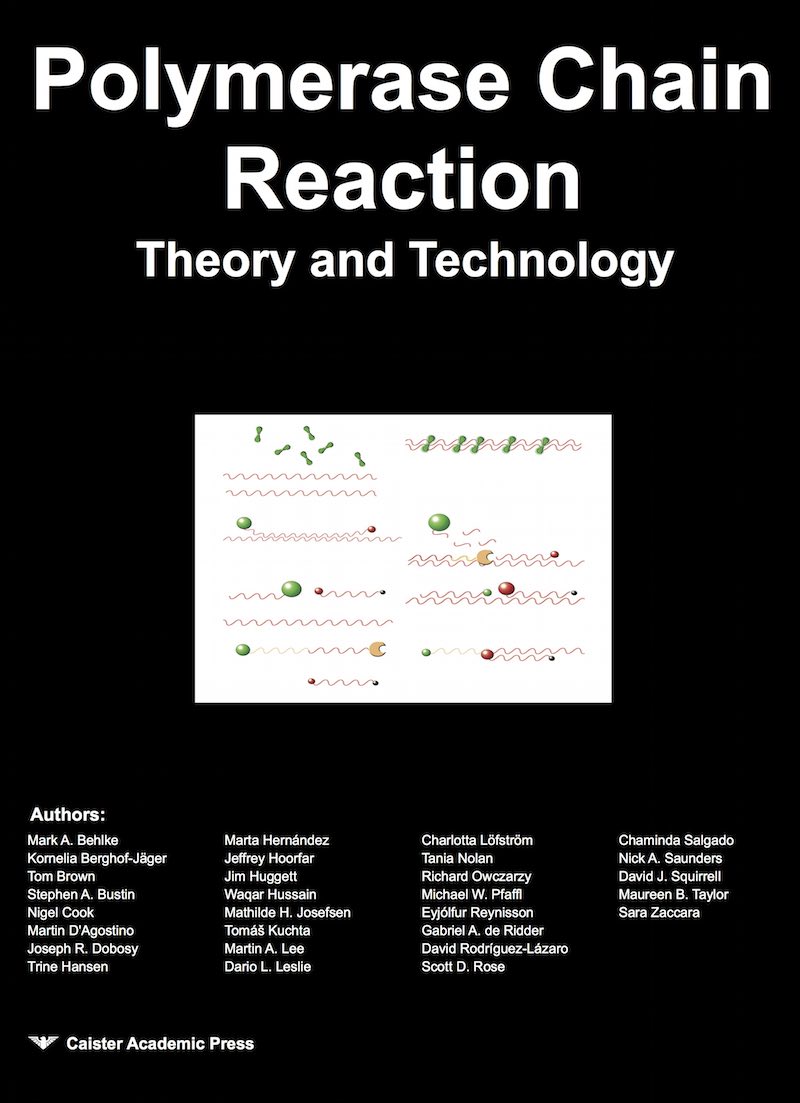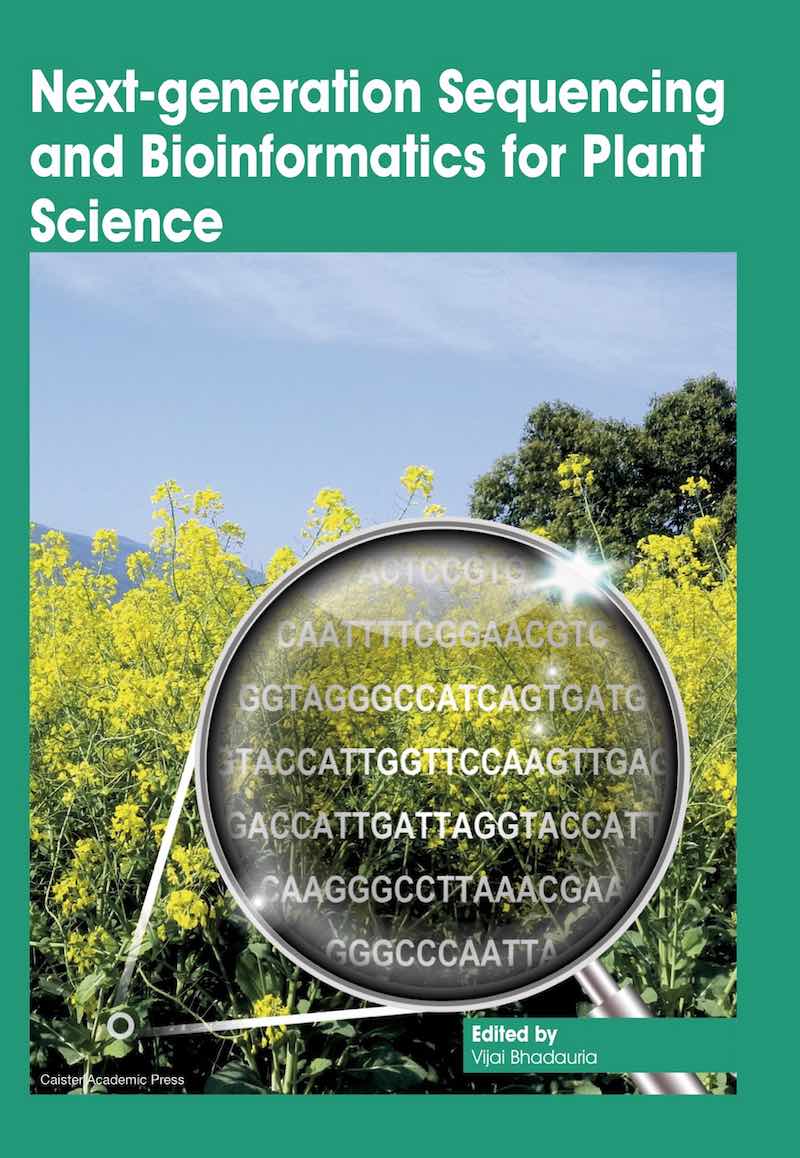Thermal Cyclers for PCR
Recommended reading:
Climate Change and Microbial Ecology | Polymerase Chain Reaction | SUMOylation and Ubiquitination
A guide to choosing the most appropriate thermocycler for your PCR needs. How to select the best PCR machines and instruments suitable for the needs of a particular laboratory (adapted from Josefsen et al 2012 Instrumentation and Fluorescent Chemistries Used in qPCR).
The number of commercially available real-time PCR thermal cyclers has increased remarkably since the introduction of the first instruments (ABI Prism 7700 from Applied Biosystems and the LightCycler from Roche). The machines now cover the whole range from very simple one-channel instruments to sophisticated high-throughput systems capable of multiplexing up to six channels, as well as portable devices enabling point-of-care diagnostics. In the following sections, the most commonly used platforms for real-time PCR available on the market today will be introduced followed by a guide on how to select an instrument suitable for the needs of a particular laboratory.
Basics of real-time PCR thermal cyclers
Real-time PCR thermal cycler systems consist of three basic parts:- A thermal system to perform temperature cycling
- An optical system to emit light necessary for activation of the fluorophore(s) combined with a system to capture the generated fluorescence
- Software to control the instrument operation, and collect and analyze the data generated
Thermal system
An important part of the thermocycler is the thermal system that automates the temperature cycling required for PCR. The majority of real-time PCR platforms employ blocks that rely on the Peltier effect for heat transfer. Alternative ways to transfer heat include the use of heated air (Roche's LightCycler 2.0), a resistive heater with air cooling and centrifugation (Qiagen's Rotorgene Q), a block filled with thermal conductive fluid agitated by the use of electromagnetic paddles (Illumina's Eco) or the use of direct heating in combination with an electrically conducting polymer (InSyte and SynChron from Biogene). Each of these techniques has its own properties and is suitable for different purposes. When evaluating thermal systems, factors such as uniformity, speed and reaction format can be important to take into consideration. (Josefsen et al in Quantitative Real-time PCR in Applied Microbiology)Temperature uniformity and accuracy
The uniformity of heat transfer and temperature accuracy has been identified as a crucial factor to obtain reliable PCR results, and differences in temperature performance between brands and types of cyclers have been demonstrated to influence PCR performance. For the highest accuracy, the temperature must remain uniform across the entire heat block, ensuring that all samples are processed equally. For demanding applications such as high-resolution melting (HRM) analysis, the instrument must be able to distinguish a temperature difference of 0.2° C. Most instruments have thermal uniformity between ±0.2 and ±0.5° C. However, there are some exceptions; the Qiagen Rotorgene Q demonstrates a uniformity of ±0.01° C (using air cooling) and the Illumina Eco which applies a block-based system with uniformity of ±0.1° C. (Josefsen et al in Quantitative Real-time PCR in Applied Microbiology)Ramp speed
Another aspect of the thermal system performance is speed, which is dependent on the ramping rate of the system. The ramping rates vary significantly depending on the type of heat block or system used. Conventional Peltier-based block cyclers are relatively slow, due to the thermal inertia in the solid block itself. Furthermore, the plastic coating of the reaction vessels forms a layer of insulation that further slows down the heat transfer. Typically, these kinds of blocks have ramping rates of 1.5-2.5° C/s for heating, generally with cooling rates being slightly slower. Improvements leading to sample ramp rates of 2.5-8° C/s have been made using several different approaches: (i) silver and gold plated blocks (e.g. Illumina Eco, with a thermal conductive fluid in its silver hollow block), (ii) use of fast DNA polymerases and other reagents (e.g. ABI 7500 FAST using FAST reagents), and (iii) use of an heat-equalizing layer between the heating and cooling units (e.g. ThermaBase in Roche's LightCycler 480 and 1536). Alternative technologies to blocks are used by a number of platforms, generating ramp speeds as high as 40° C/s. These techniques include for example: (i) a stationary turbulent air-heated glass capillary format (LightCycler 2.0), (ii) a centrifugal air-heated plastic tube format (Rotorgene), (iii) a high-thermal-conductivity ceramic heating plate plastic tube format (SmartCycler), and (iv) silicon heating elements (In-Check from STMicroelectronocs). To increase the uniformity between different parts of the block, a few platforms use multiple independent temperature blocks (e.g. StepOne Plus from Applied Biosystems and BioRad's CFX384 and CFX96) or even independent temperature control of each well (InSyte and SynChron from biogene). (Josefsen et al in Quantitative Real-time PCR in Applied Microbiology)Reaction format
There are a number of different reaction formats used for the different platforms. Several of the available instruments use a standard 96-well block format with 0.2-ml wells. Some of them also offer the possibility to use 384- and/or 1536-well blocks within the same system. In the 96-well blocks, it is also possible to use individual 0.2-ml tubes or racks of tubes if a lower throughput is needed. These blocks have the possibility to use tubes and racks available from many suppliers, which makes it cheaper compared with cyclers where instrument-specific vessels are used (e.g. LightCycler glass capillaries, SmartCycler and Rotorgene specific plastics). Furthermore, platforms with up to 48-wells (StepOne, Eco and MiniOpticon) have been introduced, offering a convenient solution between handling single tubes and using 96-well plates. Some of these allows for rapid cycling, thus making it possible to perform multiple runs in a short period of time. For laboratories that need a high-throughput, there are a number of platforms based on 384- and 1536-well blocks, as well as array-based formats available. At the other end of the scale, robust portable systems exist with a limited sample capacity (1-32 samples), which can perform in-field analysis within the hour. (Josefsen et al in Quantitative Real-time PCR in Applied Microbiology)Optical systems
The optical system of the real-time PCR machines consists of two main parts: a light source for excitation and a detector to monitor the emitted fluorescence. For both of these, there are a range of options available. (Josefsen et al in Quantitative Real-time PCR in Applied Microbiology)Light source for excitation
The excitation light source can be classified into broad or narrow spectrum. In broad spectrum, light source filters can be used to narrow the light down to a suitable wavelength range for a particular fluorophore. This gives a wider choice of available fluorophores, but the sensitivity of the system might be reduced because the filters limit the light that can pass through the system. Another disadvantage is that the bulbs decay over time and need to be replaced. Examples of platforms that use this approach are the 7500 from Applied Biosystems and ExiCycler from Bioneer. Some platforms employ narrow spectrum light sources including laser (e.g. 7900HT from Applied Biosystems and InSyte from Biogene) and light-emitting diodes (LEDs) (e.g. StepOne from Applied Biosystems and MiniOpticon from Bio-Rad). This approach might limit the number of available fluorophores that can be excited because of the narrow wavelength range of the emitted light. For example, a standard blue-green LED has a peak emission of 470 nm, corresponding to the excitation wavelength of FAM and SYBRGreen dyes. Many of the other commonly used dyes cannot be excited at this wavelength. However, one strategy to increase the number of excitable fluorophores is to use multiple LEDs with different wavelengths (e.g. TOPical from Biometra and CFX384 from Bio-Rad). Today, instruments with up to six different LEDs are available (e.g. CFX96 from Bio-Rad). The main advantage of the LEDs is that replacement is unnecessary and they keep the same intensity throughout the life-time of the diodes. (Josefsen et al in Quantitative Real-time PCR in Applied Microbiology)Detector
The second part of the optical system is the detector where the light emitted from the reporter fluorophores is recorded. Most systems use photo-multiplier tubes (PMTs) (e.g., Rotorgene Q from QIAGEN), photodiodes (e.g., StepOne from Applied Biosystems) or charge-coupled device (CCD) cameras (e.g., most models from Applied Biosystems). CCD cameras can record all wells simultaneously, leading to a more robust mechanical design, whereas both photodiodes and PMTs record one point at a time. Some platforms utilize multiple photodiodes or PMTs which reduces the number of moving parts (e.g., CFX384 and CFX96). The number of channels detected is between one and six. It is important to assure that crosstalk, i.e., the fluorescence from one channel being detected in another channel, is minimized. There are several recent studies describing the use of pentaplex and even hexaplex real-time PCR assays. (Josefsen et al in Quantitative Real-time PCR in Applied Microbiology)Calibration of specific dyes
Also important to consider is if the platform is optimized for specific dyes. For example, some platforms are delivered pre-calibrated for certain dyes, and thus show optimal performance with these particular dyes, although dyes with similar excitation and emission wavelengths can be used. For some platforms, it is necessary to buy and run calibration kits before using the instruments. (Josefsen et al in Quantitative Real-time PCR in Applied Microbiology)Software
Another important part of a real-time PCR platform is the software used to control the instrument and analyze the data. This software should be as user-friendly as possible, and should be able to analyze data generated by the probe chemistry applied. A critical part of the software is to specify from which channels that data should be recorded from. If the wrong channels and/or wells are selected, data might be lost. Some platforms therefore have the option to record data from all channels and wells simultaneously, making it impossible to lose data. For some specific applications, e.g., HRM, additional software is required that sometimes needs to be purchased at an additional cost. (Josefsen et al in Quantitative Real-time PCR in Applied Microbiology)
Further reading
- Real-Time PCR: Advanced Technologies and Applications
- Real-Time PCR in Food Science: Current Technology and Applications
- Quantitative Real-time PCR in Applied Microbiology
See also: Current PCR books



